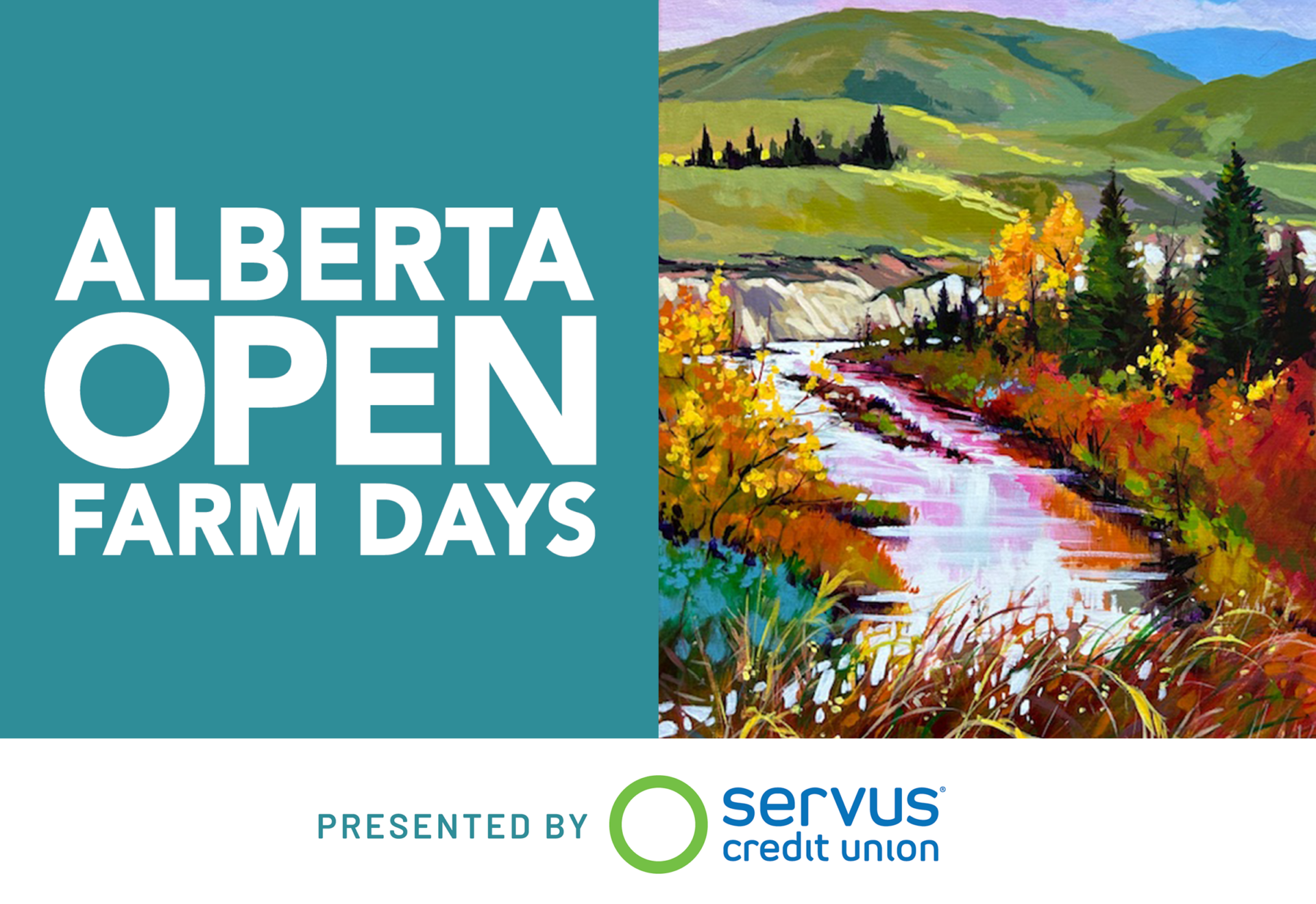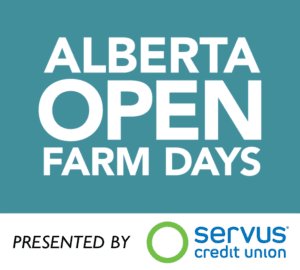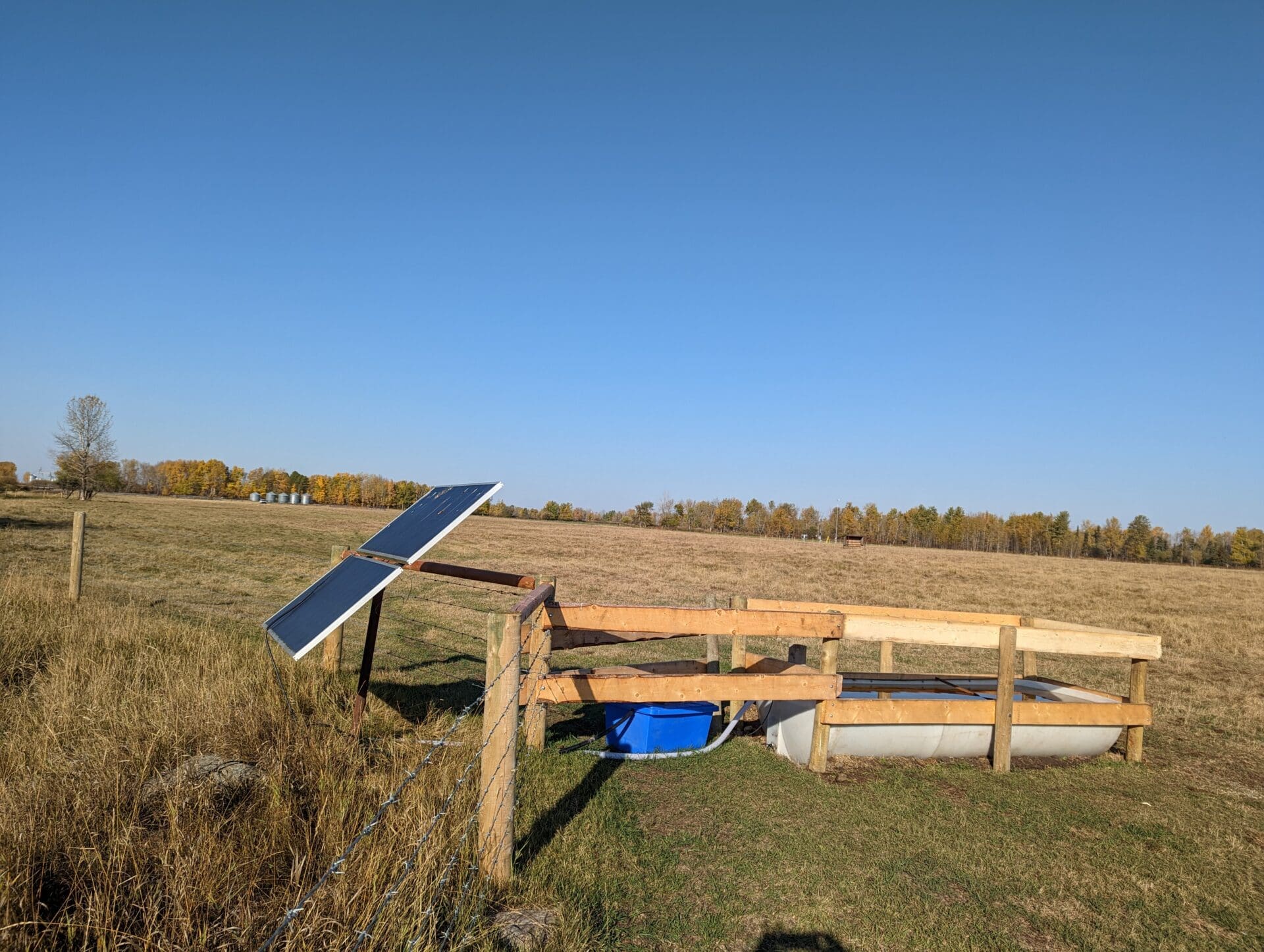
Water as Our Witness: How the County of Barrhead Lives With, Learns From, and Looks After Its Water
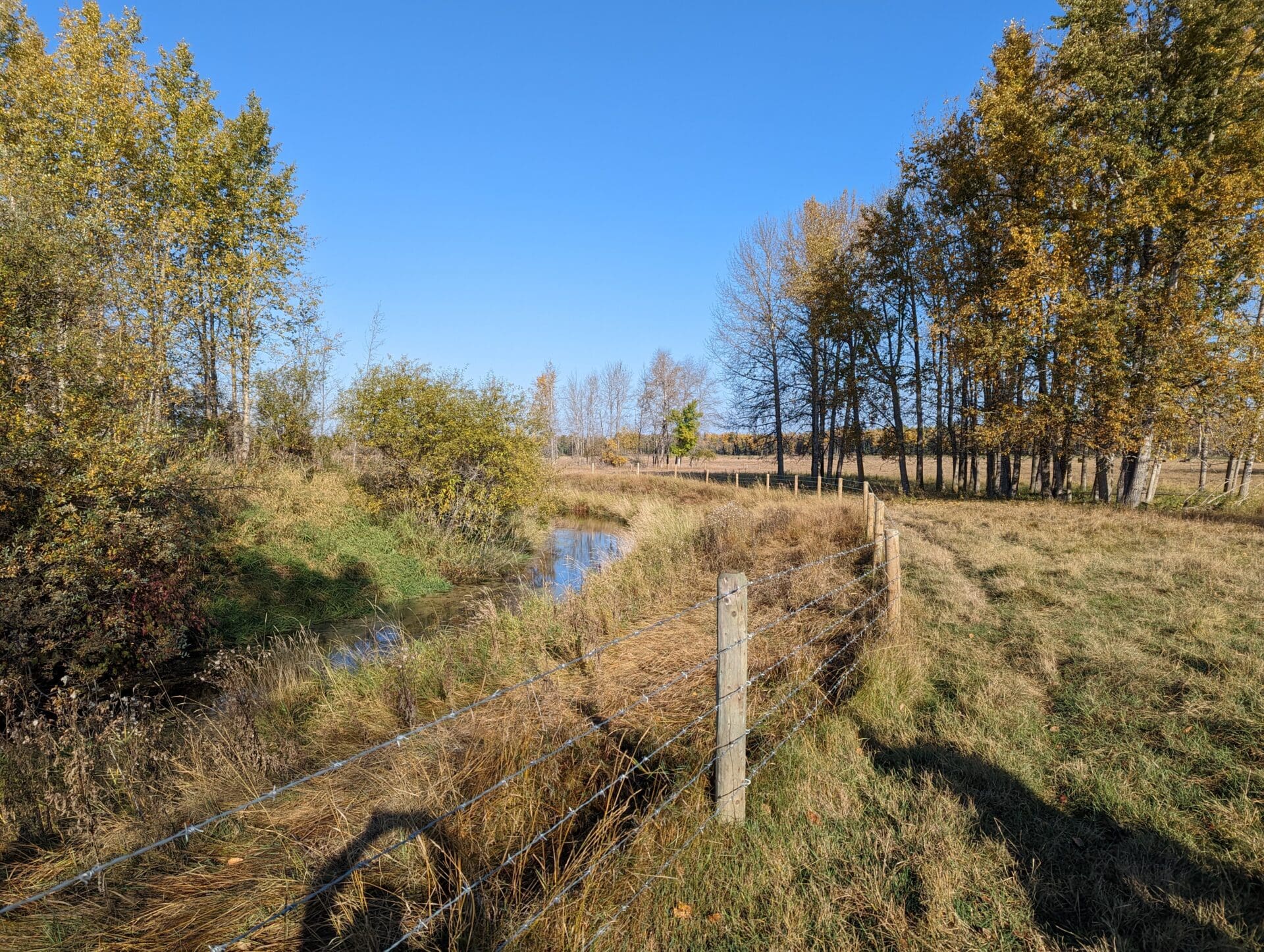
In the County of Barrhead & Area, water isn’t just a resource — it’s a rhythm of life. With three significant rivers — the Athabasca, Pembina, and Paddle — carving through the land, and lakes like Lac La Nonne and Thunder Lake reflecting Alberta’s big skies, water shapes every corner of this region’s agricultural heartbeat.
That’s why the 2025 Alberta Open Farm Days theme, Water: The Lifeblood of Every Farm, resonates so deeply here. In this community, water isn’t just essential — it’s revered, protected, and deeply understood. The region is a living case study of how water sustains, challenges, and ultimately defines the rural way of life.
A Landscape Defined by Water
The County of Barrhead is nestled in a part of Alberta blessed with a rich diversity of aquatic features. It’s home to numerous lakes, creeks, wetlands, and tributaries that branch off from the major rivers. This complexity creates a unique water footprint that supports not only the needs of agriculture, but the entire ecosystem.
The Paddle River, for instance, isn’t just a scenic waterway — it’s a crucial artery that provides drinking water to the town of Barrhead and surrounding hamlets. Wetlands act like giant sponges, absorbing and slowly releasing water over time. They mitigate flood damage during wet years and recharge groundwater in dry seasons. These natural systems help maintain balance — not just for farmers and residents, but for the wildlife that calls this region home.
Lakes like Thunder Lake and Lac La Nonne also play a vital role in the region’s economy and culture. They attract visitors, offer recreational opportunities, and serve as key gathering places for locals. These bodies of water are where families paddle, fish, and relax — and they, too, are deeply impacted by how land and water are managed.
Water on the Farm: More Than Just a Utility
On any given farm across the County, water might be used for watering livestock, cleaning equipment, irrigating gardens, or supporting pastures. But even when it’s not being actively used, it’s still working. It’s stored in ponds and dugouts, trickling through riparian zones, or cycling underground through aquifers.
Farmers in the County understand that healthy water systems are essential for productive soil. Riparian areas — those lush strips of vegetation along riverbanks and lakeshores — aren’t just pretty to look at. They perform critical work, acting as filters that trap sediment, nutrients, and pollutants before they enter waterways. The plants in these areas stabilize shorelines, reducing erosion and protecting valuable topsoil.
These green corridors also act as superhighways for wildlife, providing safe passage and habitat for everything from deer to songbirds to beneficial insects. In a world where natural habitat is disappearing rapidly, the riparian zones of Barrhead are doing quiet but powerful work in conservation.
The Wetland Advantage
Wetlands have long been misunderstood or even seen as wasted space, but that perception is changing — especially in Barrhead. These rich, waterlogged areas are ecological powerhouses. They store carbon, slow down runoff, and create buffer zones against drought and flood alike.
Perhaps more importantly, wetlands support biodiversity in ways no other ecosystem can. Amphibians, birds, and insects all depend on wetlands for survival. Pollinators thrive in these spaces, which in turn supports agriculture and food security.
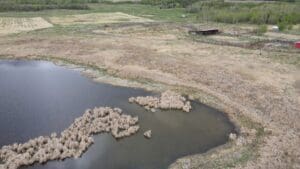
Farms that once considered draining their wetlands for additional pasture or crop space are now realizing the benefits of keeping these areas intact. Thanks to education, partnerships, and on-the-ground support, more landowners are recognizing that wetland conservation doesn’t mean sacrificing productivity — it often enhances it.
Meeting Challenges Head-On
Of course, it’s not always smooth sailing. The County of Barrhead faces its share of water-related challenges — many of which stem from balancing agricultural production with ecological protection.
One major concern is the pressure placed on sensitive ecosystems by livestock. When animals have direct access to creeks and wetlands, they can trample vegetation, contribute to erosion, and contaminate water with waste. While not all farmers see this as an issue right away, the long-term impacts can be substantial.
Another hurdle is public perception. Misconceptions still exist around the value of wetlands and the consequences of drainage. Some view these areas as nuisances or barriers to expansion, unaware of their importance to long-term land health.
To tackle these issues, the County has taken a proactive approach. They’ve partnered with ALUS Canada, an organization that supports nature-based farming solutions across the country. Together, they’re implementing a wide range of conservation practices, all designed to let agriculture and ecology work together, not in opposition.
These initiatives include:
-
Fencing off riparian zones to protect fragile plant life and water quality from grazing animals
-
Installing solar-powered waterers that provide livestock with clean, off-site water, reducing their need to access creeks directly
-
Creating pollinator habitats by planting wildflower-rich meadows near water sources
-
Restoring degraded streambanks to prevent erosion and rebuild habitat
-
Installing pond levellers to manage water flow through beaver dams without harming the ecosystem or evicting beavers
This last point is a perfect example of the County’s philosophy in action. Rather than viewing beavers as pests, they’re seen as partners in water management. Their dams help build wetlands and slow down water — but when flooding becomes an issue, the County uses specially designed levellers to regulate the flow, preserving both the beavers’ home and the farmer’s land.
Local Farms Leading the Way
Across Barrhead, farms are becoming champions of water stewardship in their own ways. Take Triple Lyoness Farm, for example. This 2025 Open Farm Days host has completed strategic fencing projects along its creeks to protect the riparian areas. The effort has improved both water quality and pasture health — and serves as a visible example of how small changes can make a big impact.
Meanwhile, Quendenbaum Farms is turning their farm tour into a hands-on learning experience. During Open Farm Days, they’ll welcome representatives from the Athabasca Watershed Council, who will educate guests on how to keep Alberta’s waterways clean and vibrant. ALUS Canada will also be on-site, showcasing projects that demonstrate how farmers are solving water challenges with creativity and care.
These stories reflect a broader movement within the County — one where education, experimentation, and collaboration are transforming how farms interact with their landscapes.
A Culture of Conservation
What’s especially striking about the County of Barrhead is the culture that’s growing around conservation. This isn’t about outsiders telling farmers what to do — it’s about farmers leading the charge and working together to find practical, affordable, and effective solutions.
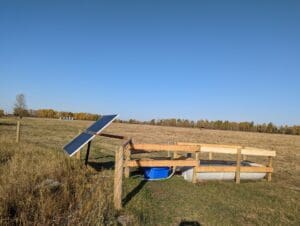 Workshops, community conversations, and grant-supported pilot projects have all played a role. But perhaps more than anything, it’s the relationships — between landowners, local government, nonprofits, and even the animals themselves — that are making a difference.
Workshops, community conversations, and grant-supported pilot projects have all played a role. But perhaps more than anything, it’s the relationships — between landowners, local government, nonprofits, and even the animals themselves — that are making a difference.
The County’s long-term vision isn’t just about compliance or sustainability for its own sake. It’s about protecting a way of life. By taking care of the land and water today, they’re ensuring that future generations will inherit a landscape that can still feed, shelter, and inspire.
Looking Ahead to Open Farm Days
As Alberta Open Farm Days approaches, the County of Barrhead & Area is ready to share its story. With events planned across the region and several host farms participating, visitors will have the chance to see these water systems up close — and to learn from the people who live and work alongside them every day.
It’s an opportunity to ask questions, witness conservation in action, and experience firsthand the beauty and complexity of rural Alberta’s relationship with water.
Whether you’re a curious city dweller, a new farmer, or someone who just wants to understand where your food comes from, Open Farm Days in Barrhead will offer something meaningful: a glimpse into a community that’s thriving by listening to the land, working with nature, and putting water at the center of it all. Join us this year on August 16th & 17th! Check out the Alberta Open Farm Days website for more details.
